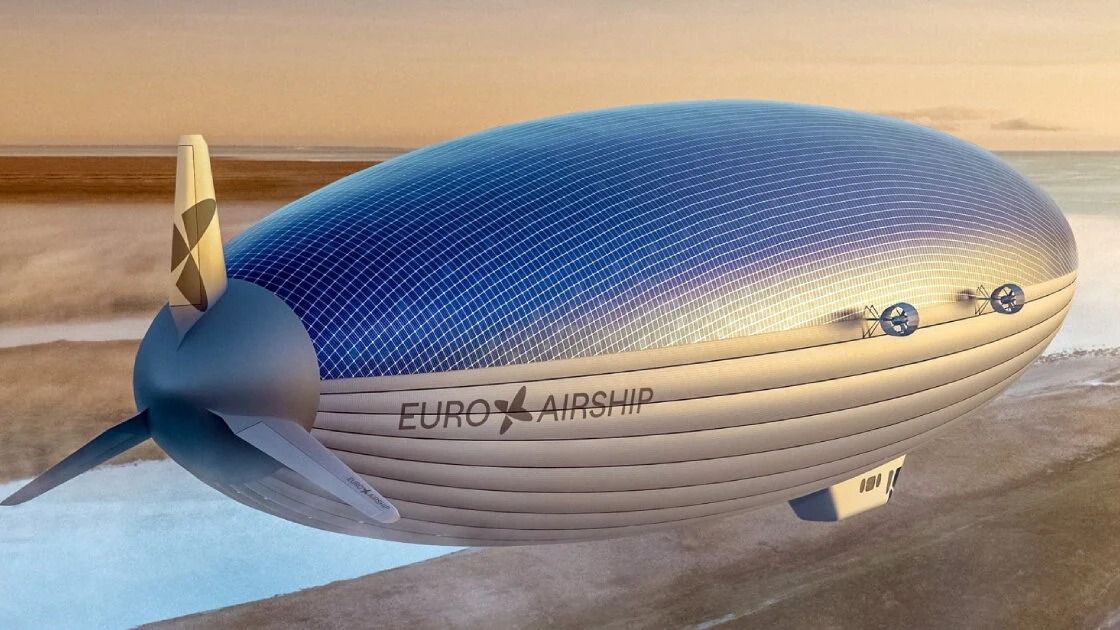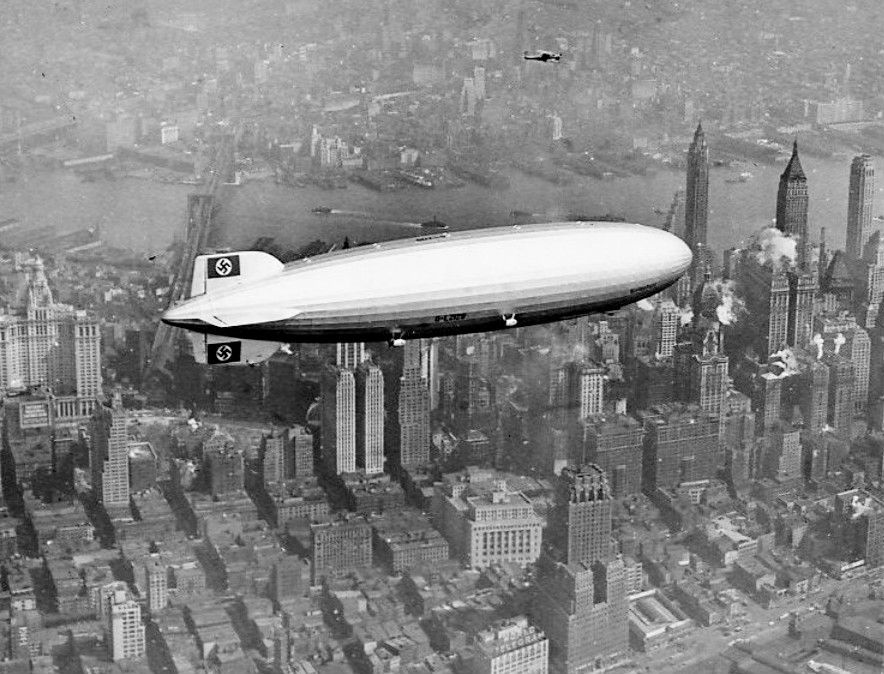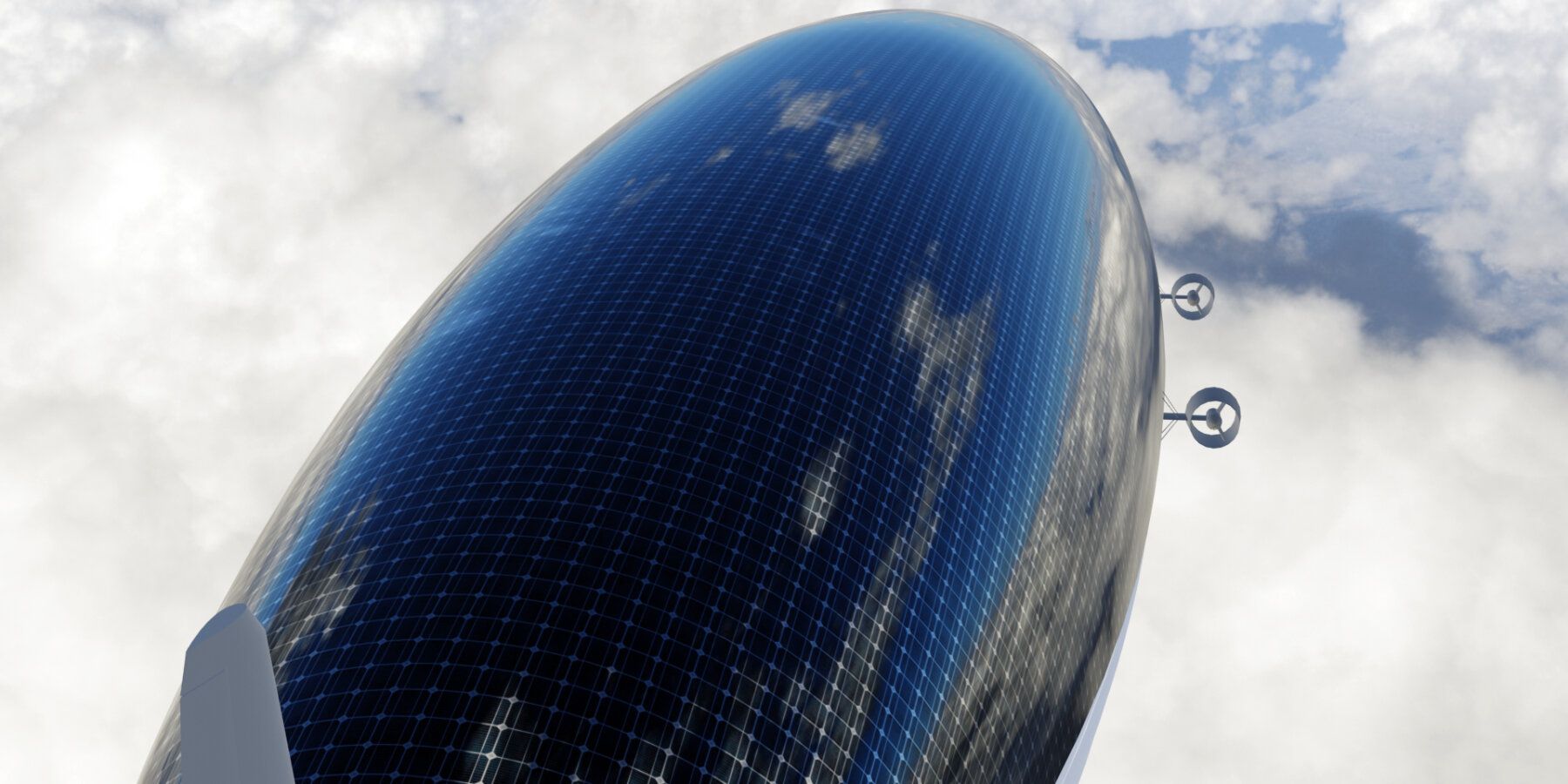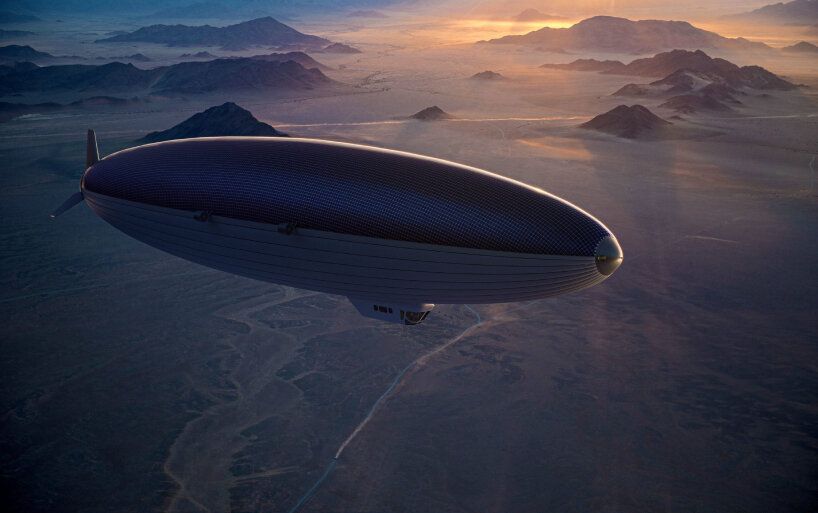Summary
- A French company called Euro Airship is developing a hydrogen and electric-powered airship called Solar Airship One.
- It could eventually serve for shorter passenger flights, tourism, military operations, and cargo transport in the future.
- Euro Airship aims to operate Solar Airship One on a non-stop around-the-world flight in 2026.
As we move towards a greener age in aviation, there are plenty of developments around electric and hydrogen-powered aircraft. One of the most extreme recent proposals is for a hydrogen and solar-powered airship – that could theoretically stay airborne indefinitely.
The Solar Airship One
Airships, of course, are not a new concept. In the early days of aviation, these were important developments and a common sight in several countries. Their demise is often dramatically linked to disasters such as Hindenburg in 1937 or the earlier R101 experimental airship in the UK. In reality, they lost out to aircraft with cost, speed, and operational versatility improvements.
We may soon see a return of commercial airships, however. As the world looks to address climate change and meet carbon targets, several companies are considering the possibility of an ultra-efficient airship.
One of these, a French company called Euro Airship, is developing Solar Airship One. This will be a hydrogen and electric-powered aircraft (with joint power from both sources). It will be a 151-meter-long rigid airship with a helium expansion volume of 53,000 cubic meters.
Flying “forever”
The appeal of airships today lies in their environmental credentials. Solar Airship One is a zero-emission aircraft with no fossil fuel requirements. It would operate entirely with hydrogen and electric power.
Photo: Euro Airship
This design, however, is not only green; it will also allow for theoretically unlimited range and time in the air. The dual power sources are key to this capability. Solar power will be harnessed to drive the motors during daylight hours (which can be boosted with additional solar film). Hydrogen fuel cells will be used at night or whenever needed.
Planning a round-the-world flight
Solar Airship One is in the early stages of development (it has been under planning for ten years, though), but Euro Airship has already set an ambitious target. It aims to operate the airship on a non-stop around-the-world flight in 2026. Capgemini has recently joined forces to assist with the next phase of industrialization and development.
Photo: Euro Airship
This expedition would aim to route close to the equator, flying around the world from west to east in 20 days. Three noted pilots and explorers – Bertrand Piccard, Dorine Bourneton, and Michel Tognin – are already lined up for it.
A potential future market
Solar Airship One’s dramatic first expedition will act as a demonstration for future commercial marketing. We are unlikely to see airships used for long-haul commercial airline operations anytime soon, but many other potential applications exist.
Shorter passenger flights, as well as tourism and eco-related activities, are a couple of options. There are also possibilities for surveillance, military operations, and logistics and cargo transport (airships can offer a very high payload). Just as in the past airship era, there are advantages in operating in remote areas and with minimal ground infrastructure as well.
Photo: Euro Airship
Euro Airship is not the only company currently exploring these possibilities of airships. UK-based Hybrid Air Vehicles is developing the Airlander airship, marketed for the short-haul commercial and luxury travel sectors. This airship is also targeting to begin operations in 2026. The Spanish airline Air Nostrum has already ordered 20 aircraft. And in the US, Google cofounder Sergey Brin is working on the Pathfinder airship.
What do you think about a potential return of the airship? Do you think we will see any of them operational by 2026? Feel free to discuss this exciting development further in the comments section below.
Sources: Euro Airship




